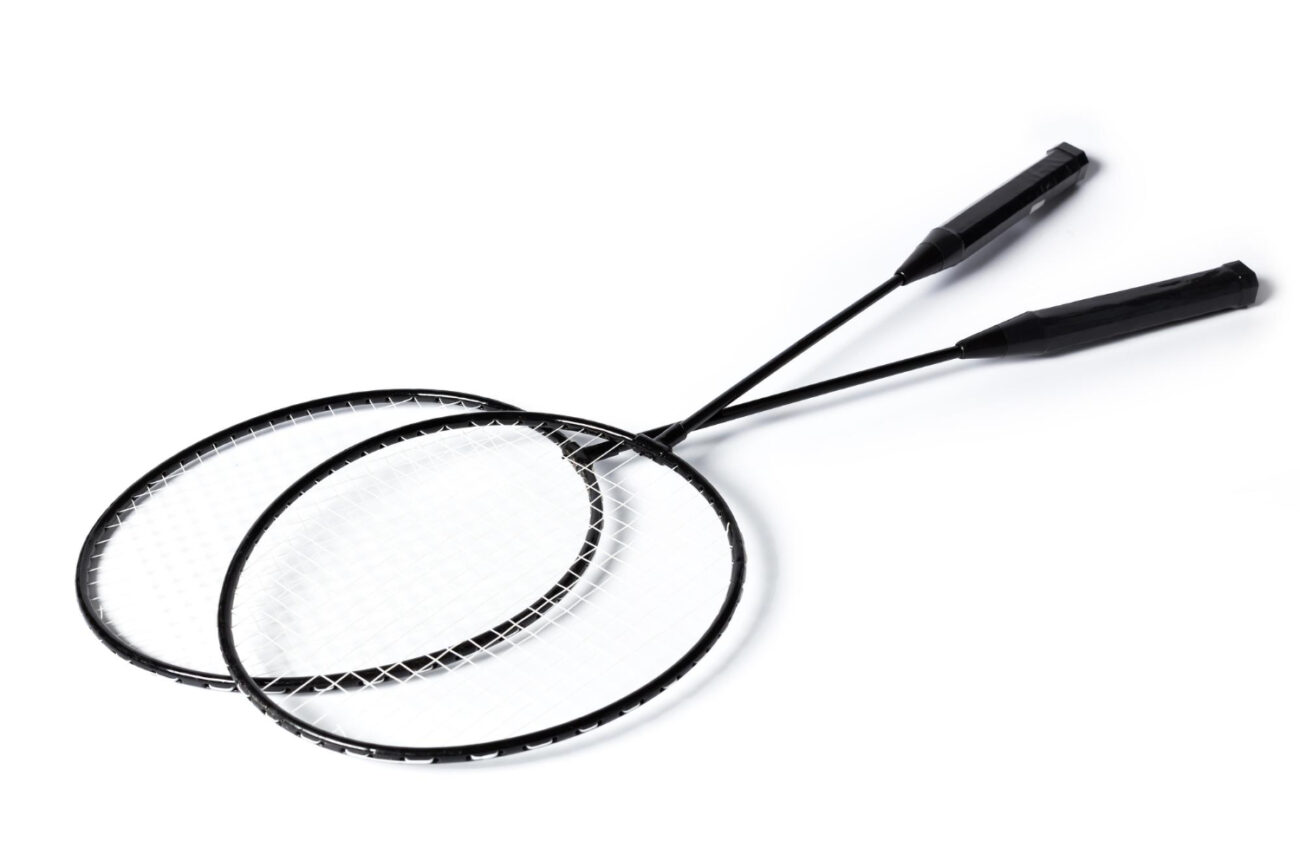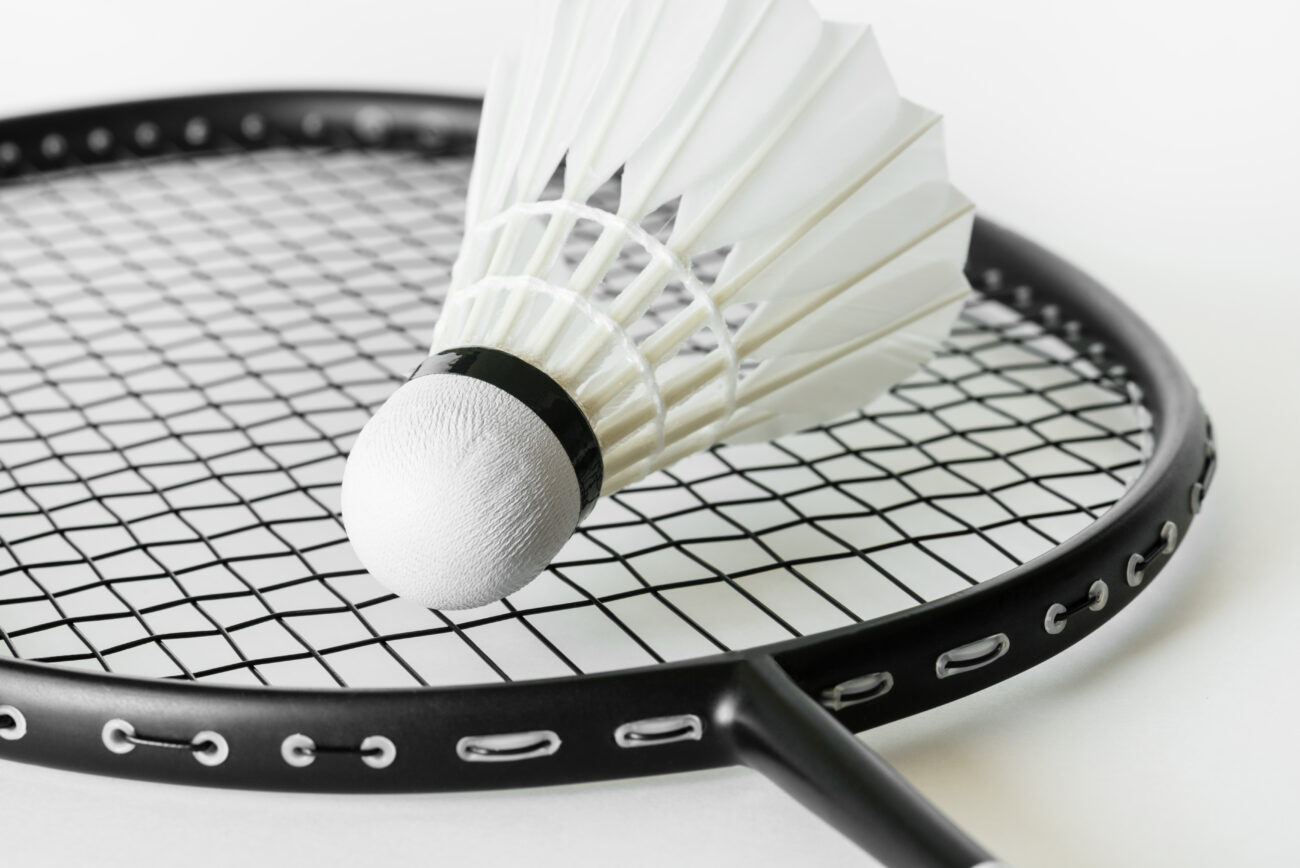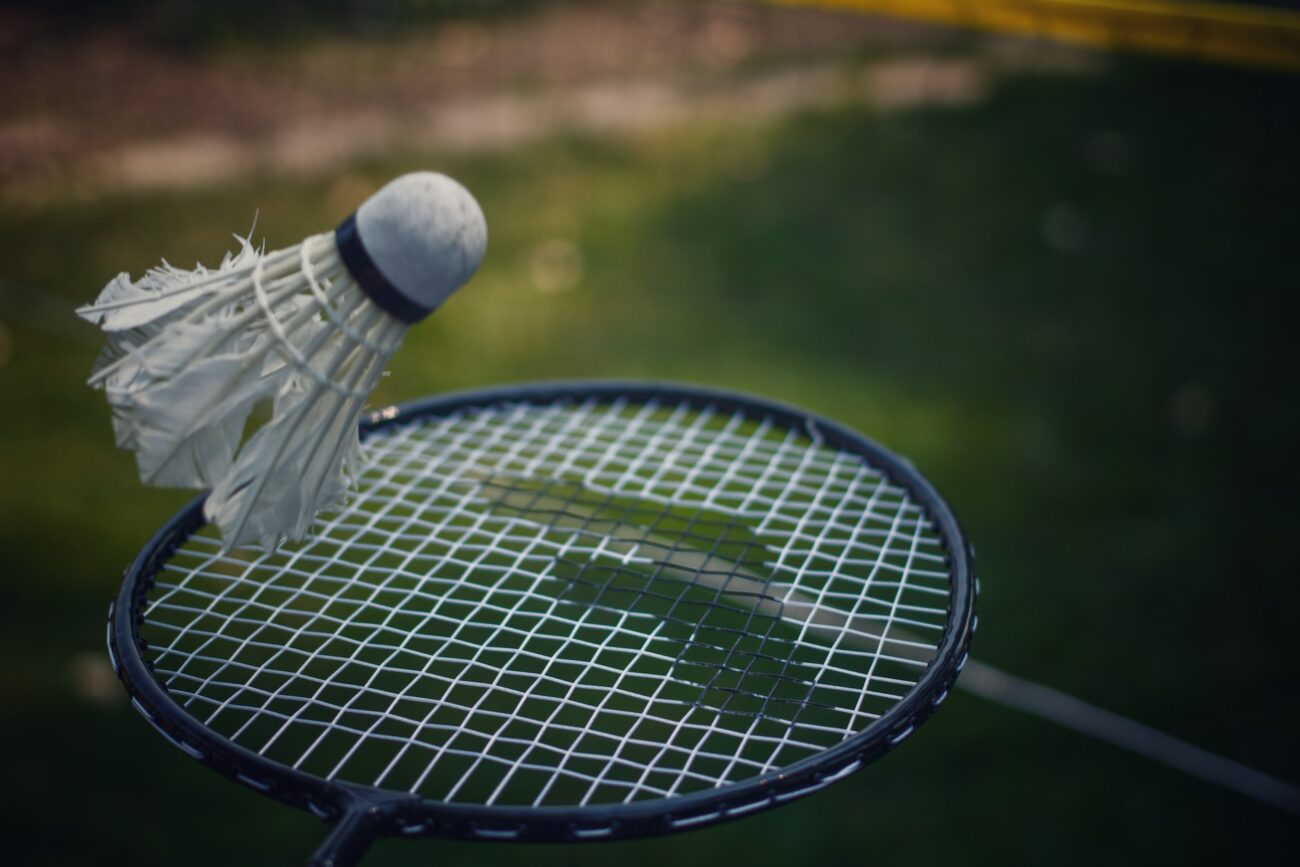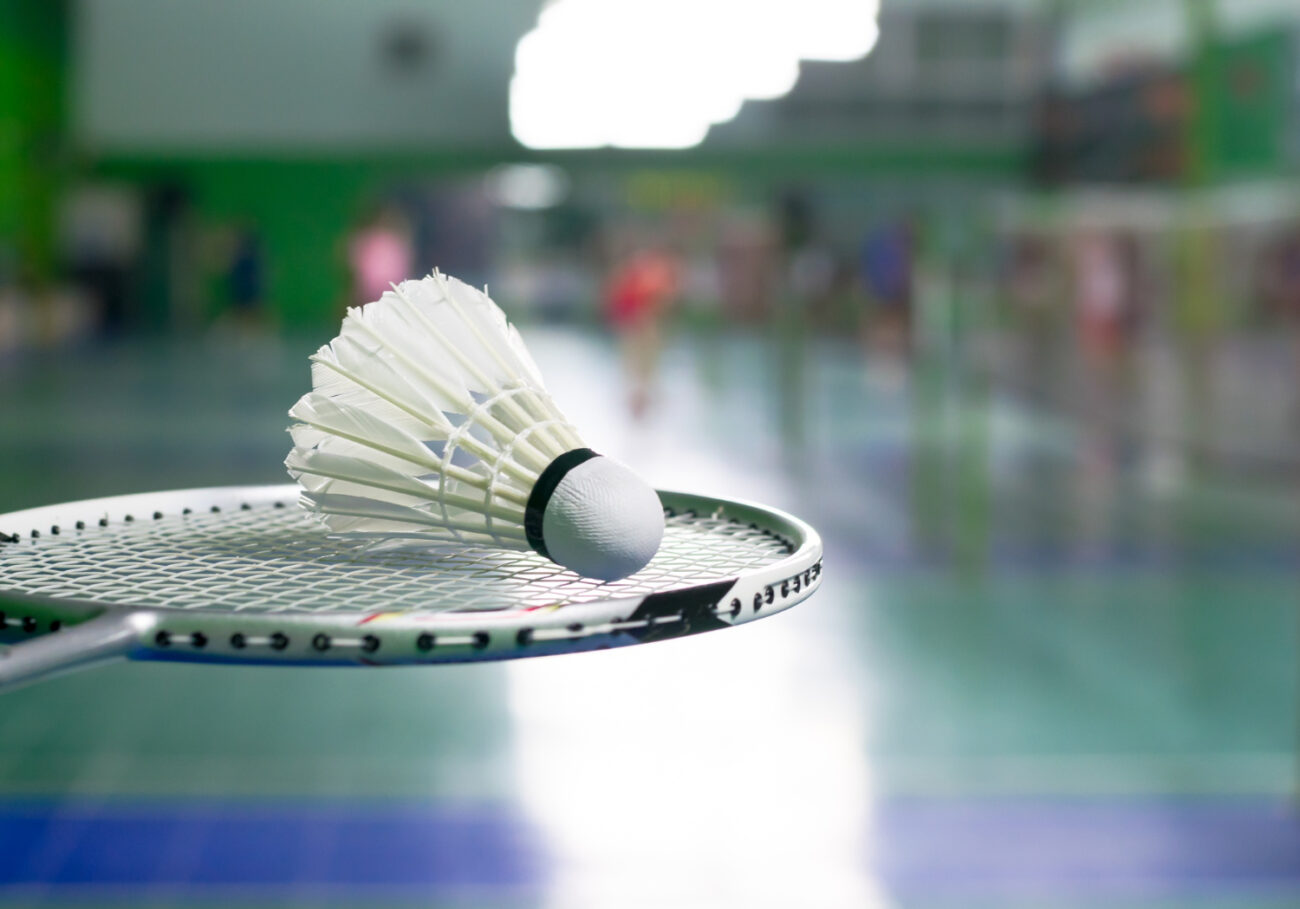In sports, a foul is an unfair or illegal act by a player that violates the game’s rules. Focus can be intentional or accidental, often resulting in a penalty.
Like any other sport, badminton has different types of fouls where a player can mess up. “Committing these errors can lead to the loss of point or service, also known as a fault in the game of badminton”.
The types of fouls we will discuss can be grouped into five main categories: contact, double hit, service, service received, and over-the-net foul. Let us see and understand each foul in detail, how they happen and why are they considered faults.
The primary goal or objective of the player is to prevent himself/herself from losing their service turn or points due to these fouls and faults.
Understanding the basic faults and fouls in badminton
Contact Fouls
Contact foul usually happens when the shuttlecock comes in contact with an object or a player other than your racket. A shuttlecock should touch only your racket while playing the game.
Shuttlecock should not even touch your shoes, shin, t-shirt and any other part of your body or clothing, failing to do so may lead to a foul giving an extra advantage to your opponents. By staying flexible and light on your feet while playing you can avoid such types of fouls. That is why warming and stretching are so important in badminton, being able to react quickly and move in an instant can prevent contact fouls.
Service Faults or Rules in badminton service
- A service fault can be seen when a service is not executed below the waist or in upward motion.
- While serving the player’s feet must be on the floor and inside the court’s boundary line.
- A service fault is counted when you are positioned on the left side of the court during the match and you do not serve the shuttle to the right side.
- A player should swing at the shuttlecock once when serving and keep the feet firmly on the ground as you swing. Double swings or dragging the feet can also result in service fouls.
- While serving a player should not waste time as it can cause further delay in the game.
Double Hit Fouls
When a player hits the shuttlecock twice in a row it is known as a double hit foul. Once you hit it once that is all you are allowed. Double hits are considered illegal and you can give a point to your opponent. If you and your teammate come in contact with the shuttle simultaneously, it is a double-hit foul. You can’t hit the shuttlecock more than once when it is on your side of the net.
Over the Net Fouls
A net foul is committed when a player fails to clear the net during the match or if the shuttlecock passes under or through the net. To avoid these types of fouls, it is crucial to use a racket with a head and grip suitable for your playing style.
Another way to commit a net foul is by hitting the shuttlecock before it passes over the net. Players should wait until the shuttlecock has crossed onto the other side of the court before hitting it.
Service Receiving Faults
Service-receiving fouls are similar to service fouls, service-receiving fouls occur when the shuttle is served to you.
To avoid committing any foul during an opponent’s serve, you must remain still. Any movement, no matter how slight, can result in the foul being called against you. This includes shifting your feet or making any gestures.
To avoid a foul you should also avoid any form of distraction, such as trash-talking or making gestures, as this can also be considered as foul. The best approach is to remain stationary and quiet allowing the opponent to complete the serve.
Important badminton terminologies every badminton enthusiast should know
| Terminology | Description |
| Drive Shot | A fast, low shot that travels flat over the net, making it challenging for the opponent to return. |
| Clear Shot | A long shot aimed from the back of your court to the back of your opponent’s court is used defensively or offensively. |
| Drop Shot | A shot played from the back of your court to the front of your opponent’s court intended to disrupt their rhythm. |
| Net Shot | A short shot played from the front of your court to the front of your opponent’s court, close to the net. |
| Smash Shot | A powerful, decisive shot aimed at ending the rally. |
| Lift Shot | A defensive shot that is high and long, played from the front of your court to the back of your opponent’s court. |
| Net Kill Shot | An aggressive short smash was played at the frontcourt, designed to conclude the rally. |
| Flick Serve | A deceptive serve that begins long instead of short, catching the opponent by surprise. |
| Footwork | The movement and steps taken to navigate the court swiftly and effectively. |
| Rally | A single play in badminton that encompasses everything from the serve to the point’s conclusion (when the shuttle hits the net or ground). |







